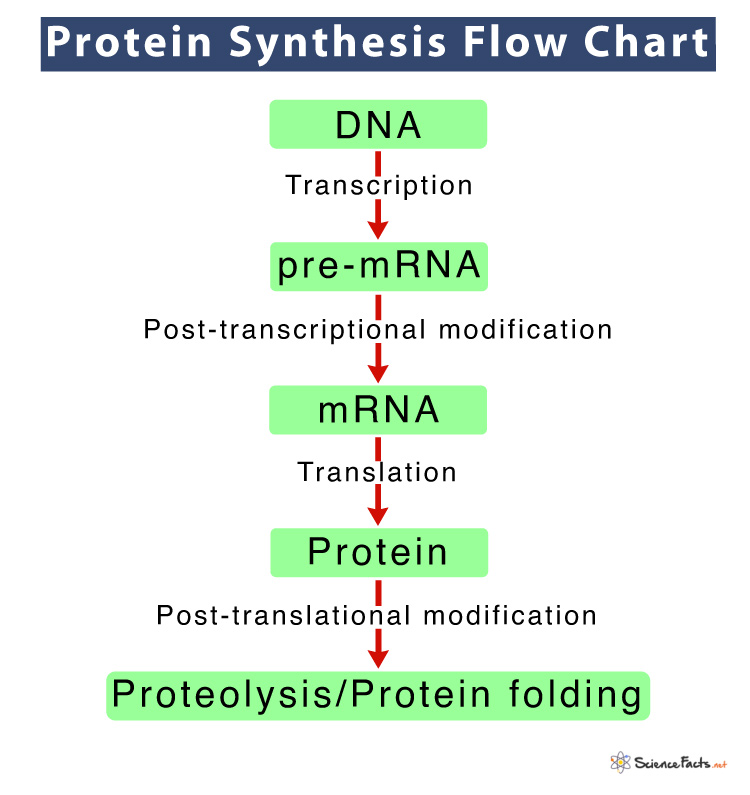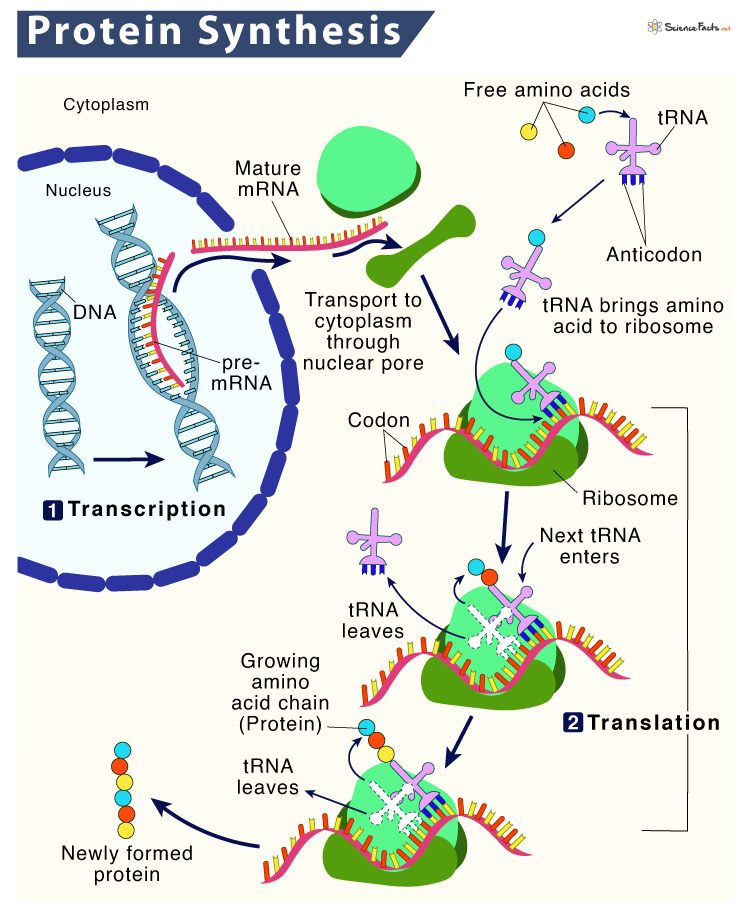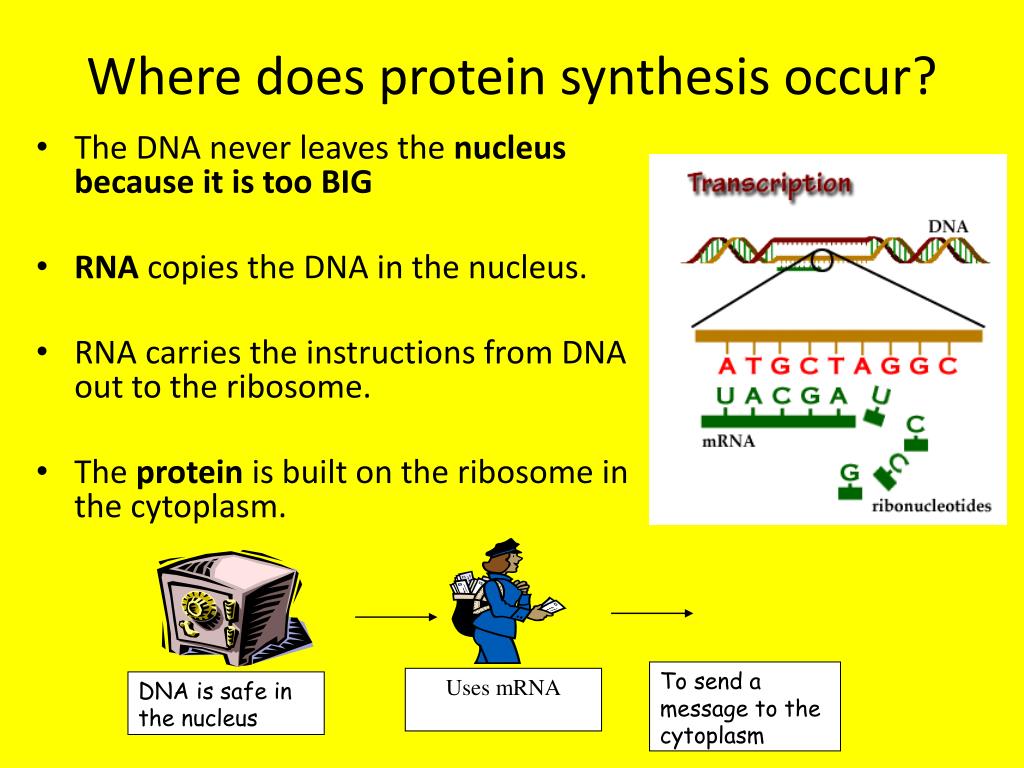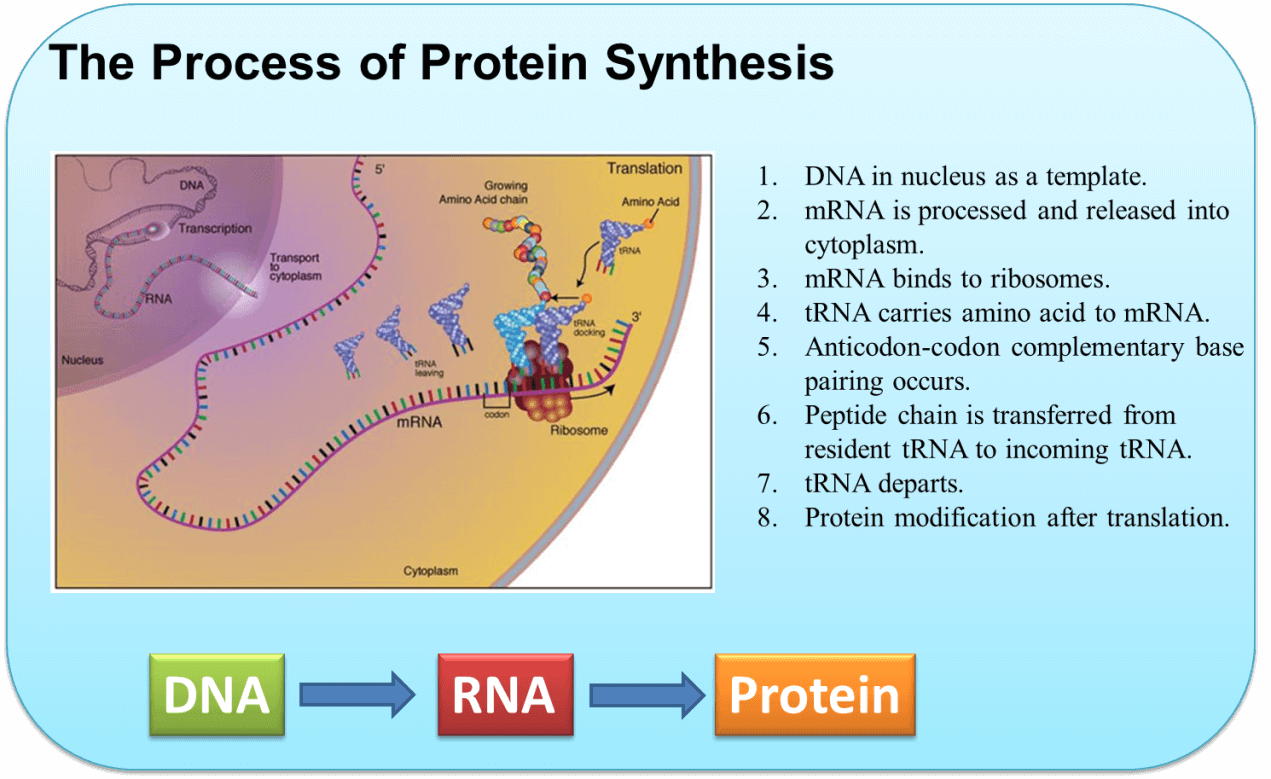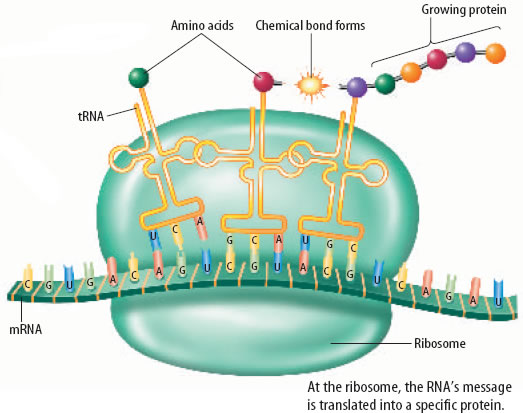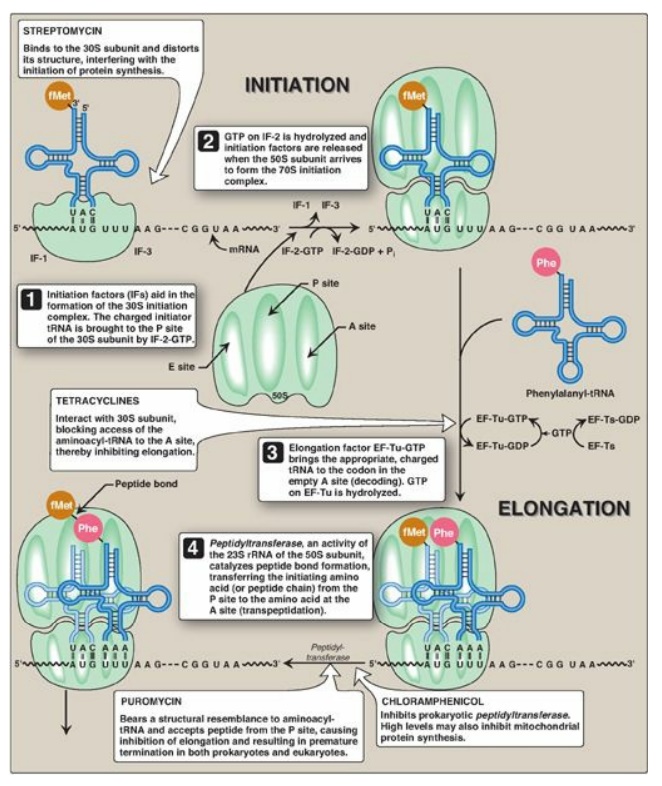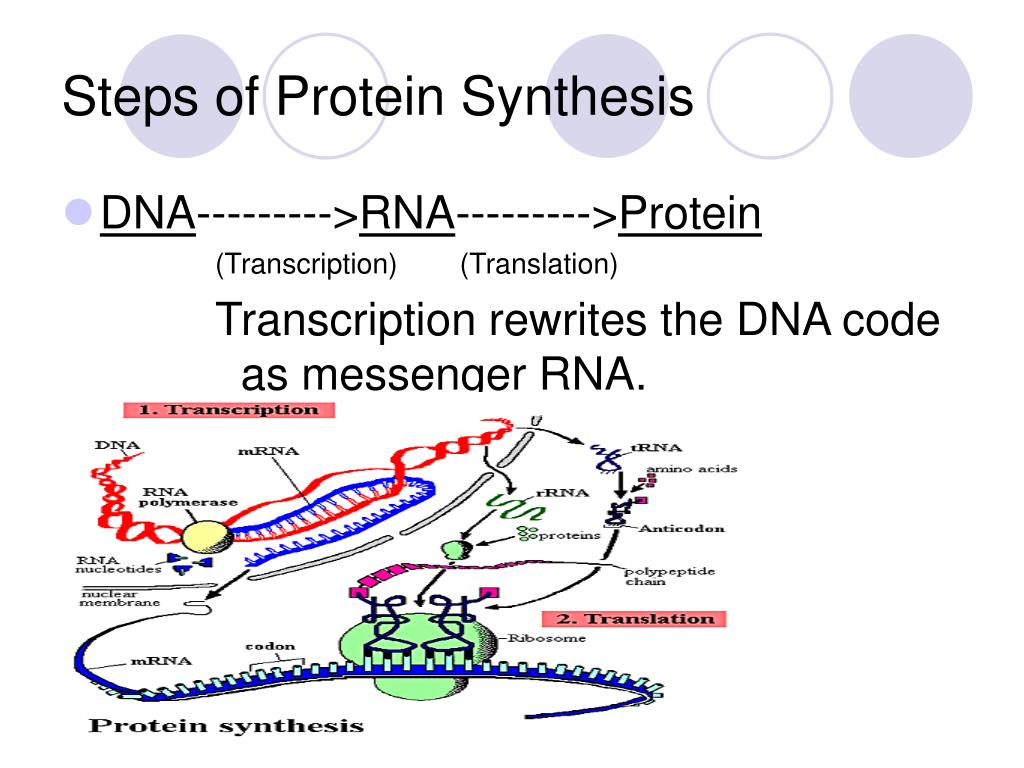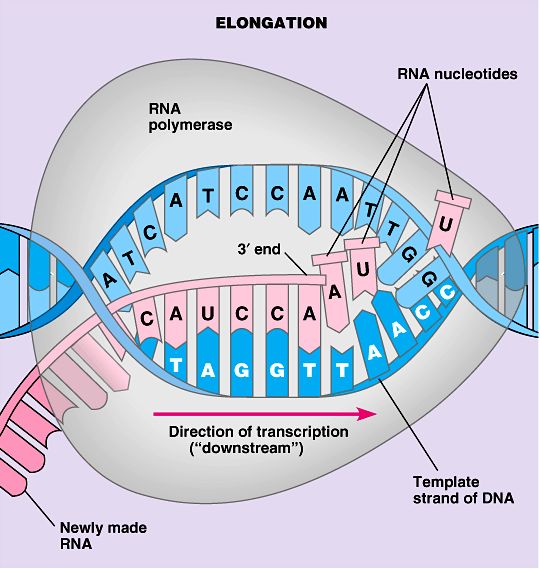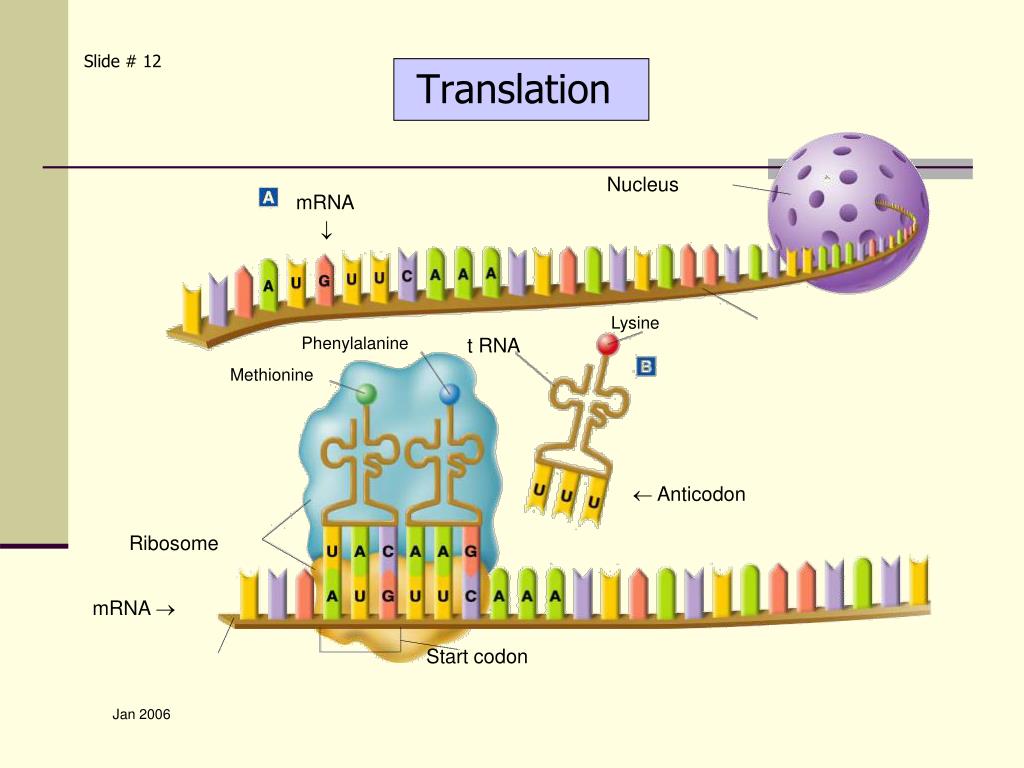Where Does The Second Step Of Protein Synthesis Occur

The intricate dance of life within our cells hinges on a fundamental process: protein synthesis. A misstep in this process can have dire consequences, leading to a cascade of cellular malfunctions and potentially contributing to diseases. The accurate and efficient production of proteins is paramount, and understanding each step is critical.
This article delves into the critical question of where the second step of protein synthesis, specifically elongation, takes place. We will explore the cellular machinery involved, the location of this crucial phase, and the factors influencing its efficiency and accuracy, shedding light on its significance in the grand scheme of cellular function.
The Ribosome: The Protein Synthesis Workhorse
At the heart of protein synthesis lies the ribosome, a complex molecular machine composed of ribosomal RNA (rRNA) and ribosomal proteins. It's the central station where the genetic code is translated into a functional protein.
Ribosomes are not confined to a single location within the cell. They can be found freely floating in the cytoplasm or attached to the endoplasmic reticulum (ER), forming what's known as the rough ER.
The location of the ribosome during protein synthesis is heavily influenced by the destination of the protein being produced.
Elongation: Building the Polypeptide Chain
Elongation, the second stage of protein synthesis, follows initiation, where the ribosome assembles on the mRNA and finds the start codon. During elongation, the ribosome moves along the messenger RNA (mRNA), reading each codon and adding the corresponding amino acid to the growing polypeptide chain.
This process involves several key players, including transfer RNA (tRNA) molecules, which carry specific amino acids, and elongation factors, which facilitate the binding of tRNA to the ribosome and the formation of peptide bonds between amino acids.
Elongation continues until the ribosome encounters a stop codon on the mRNA, signaling the end of the protein-coding sequence.
Cytoplasmic Elongation: Proteins for Internal Use
For proteins destined to function within the cytoplasm itself, elongation typically occurs on free ribosomes in the cytoplasm. These ribosomes are not associated with the endoplasmic reticulum.
As the ribosome moves along the mRNA, it synthesizes the polypeptide chain, which will eventually fold into its functional three-dimensional structure within the cytoplasm. These proteins might include enzymes involved in metabolism, structural proteins supporting the cell's cytoskeleton, or regulatory proteins controlling gene expression.
The synthesized protein is then released into the cytoplasm to perform its designated function.
ER-Associated Elongation: Proteins for Export or Membrane Insertion
Proteins destined for secretion out of the cell, insertion into the plasma membrane, or localization to organelles like the Golgi apparatus or lysosomes are synthesized by ribosomes associated with the endoplasmic reticulum (ER).
The process begins similarly, with the ribosome initiating translation in the cytoplasm. However, as the polypeptide chain begins to emerge, a signal sequence at the N-terminus is recognized by a signal recognition particle (SRP).
The SRP binds to the signal sequence and the ribosome, halting translation temporarily. The entire complex then moves to the ER membrane, where the SRP binds to an SRP receptor. This docking allows the ribosome to associate with a protein translocation channel in the ER membrane.
Elongation then resumes, but now the polypeptide chain is threaded through the translocation channel and into the ER lumen. This process allows the protein to enter the secretory pathway.
Factors Influencing Elongation Location
The signal sequence is the primary determinant of whether a protein will be synthesized on a free ribosome in the cytoplasm or on an ER-bound ribosome. Without a signal sequence, the protein will be synthesized in the cytoplasm.
However, other factors can also play a role. For instance, the availability of SRP and SRP receptors can influence the efficiency of targeting ribosomes to the ER.
Furthermore, cellular stress conditions can sometimes alter the distribution of ribosomes between the cytoplasm and the ER, affecting the location of elongation.
The Importance of Accurate Elongation
The fidelity of elongation is paramount for ensuring the correct amino acid sequence of the protein. Errors in elongation can lead to misfolded proteins, which may be non-functional or even toxic to the cell.
Cells have evolved various mechanisms to minimize errors during elongation, including proofreading by tRNA synthetases and quality control pathways that degrade misfolded proteins. Deficiencies in these mechanisms can contribute to various diseases.
Research is ongoing to understand how these mechanisms work and how they can be targeted to prevent or treat diseases associated with protein misfolding.
Future Directions
Understanding the nuances of elongation, including its location and the factors that influence it, is crucial for developing new therapies for a wide range of diseases. Targeting the protein synthesis machinery has emerged as a promising strategy in drug development.
For example, some antibiotics work by inhibiting bacterial protein synthesis, targeting the bacterial ribosome. New research is exploring ways to target specific steps in protein synthesis in cancer cells to disrupt their growth and proliferation.
Furthermore, a deeper understanding of protein targeting and translocation to the ER could lead to new strategies for delivering therapeutic proteins to specific locations within the body.
